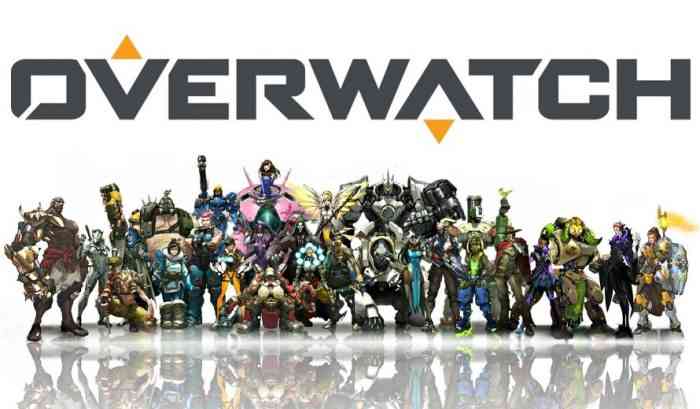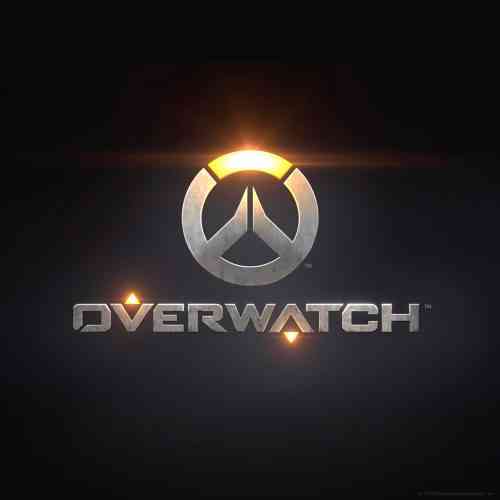Overwatch Switch Review
I’ve played Overwatch more than any other video game, ever. After more than 1,000 hours across multiple platforms, I’ve slowly built up my skills and game knowledge to a point where I consider myself a veteran player. I’m saying this not only to establish credibility in assessing the newest iteration of Overwatch on the Nintendo Switch, but to illustrate how much I care about this game. Needless to say, when a Switch version was announced I was excited but also optimistic it would be able to run fairly well considering Overwatch is not too graphically intensive. Now that it has arrived, I’m left with a bittersweet feeling; on one hand, the fantastic core Overwatch experience is still present but on the other hand, the port is plagued with technical hiccups and some noticeable downgrades. If you are looking to play Overwatch at its most casual, doing so on Switch might be right for you, but it’s certainly not the most ideal way to play.
For the uninitiated, Overwatch is a team-based hero shooter that emphasizes strategy and team-composition in order to succeed. I won’t go in too deep about the finer details since the game has been out for more than three years at this point, but suffice to say Overwatch is a masterclass in multiplayer gameplay design. The formula Blizzard has created, along with the unique personality and gameplay characteristics of each and every one of the heroes, is absolutely astounding. So in that sense, Overwatch on Switch still succeeds. Much of what makes Overwatch fun and replayable is present and translates to the Switch almost as well as it does on other platforms. However, a lot of the more subtle elements suffer as a result of the Switch’s limited power.
Surprisingly Good Visuals
Graphically, Blizzard has actually done a pretty good job for this port. In handheld mode especially, there isn’t a significant visual downgrade from the PS4 or Xbox One version. The bright, semi-cartoonish style was clearly built to look good years after release and that holds true even with the Switch’s inferior graphical capabilities. The port can run at 900p in docked mode and 720p in handheld, but it was only in docked mode where I could notice the reduction in resolution and texture quality. Particle effects and some of the more minute details are pared down, but all in all I am impressed with how good Overwatch looks on this platform.

To compensate for the lack of power on the Switch, Blizzard has opted to lock the port at 30fps. For many types of games, 30fps is completely suitable, and sometimes even preferred, but for first-person shooters 60fps or higher is necessary, not only for a smooth experience but to allow for precise control inputs that can mean the difference between winning and losing a fight. This rings painfully true for Overwatch. Though the game is playable at 30fps, everything feels like it has been set in slow motion, and not in a good way. It’s particularly noticeable during large team fights, when a myriad of abilities and weapons are being fired in all directions, causing a visual cacophony that feels overwhelming without a buttery smooth frame rate to ease the chaos. It doesn’t help that in these same team fights, the Switch struggles even more than normal to maintain that 30fps, sometimes dipping even further. Going from more than 100fps on my PC to less than 30fps on Switch is shocking to say the least and makes the game feel somewhat cumbersome and tiring to play.
Frame Rate Struggles
After playing for a few hours, it became clear the Switch struggles to run Overwatch and only barely succeeds. Occasionally, character models took more than a full minute into a match to load completely and even when they did, I experienced some hiccups and instances of rubber banding. Surprisingly, Overwatch runs significantly better in handheld mode, where much of the technical woes are reduced, but still present. At the very least, I’m glad performance in handheld mode is passable because the biggest benefit to owning Overwatch on Switch is having the option to take it anywhere with a decent WiFi connection, but it’s a bummer for anyone who wants to play docked.
Besides portability, the only new feature the Switch port introduces is the option to use motion controls as a secondary aiming method. At first, I was reluctant about this feature because I experienced motion sickness almost immediately when trying it. Something about turning the camera using three-dimensional motion at 30fps can be rather disorienting. With that said, once I adjusted the Settings a bit and got used to it, the motion controls became more novel. With some practice and fine-tuning, I can see this control method being useful in adding some precision while playing in handheld mode. You can play with motion controls in docked mode with either the detached joy cons or a pro controller, but I usually preferred to use the pro controller with motion turned off while the Switch was docked.
Overwatch on Nintendo Switch is a prime example of a fantastic game marred by a sub-par port. The core experience remains compelling and the new portability and motion controls are nice additions, but the trade-offs are just too significant. The dramatic drop in frame rate and overall performance make it hard to recommend this port if you own the game on any other platform. However, if you travel often and need that Overwatch fix wherever you go, you’ll at least have a better experience there than on your TV at home.
** A Nintendo Switch game code was provided by the publisher **
The Good
- Still a masterclass in FPS gameplay
- Looks good in handheld mode
- Motion controls can be useful
The Bad
- Performance is lacking
- 30fps feels sluggish and tiresome
- Docked mode suffers

